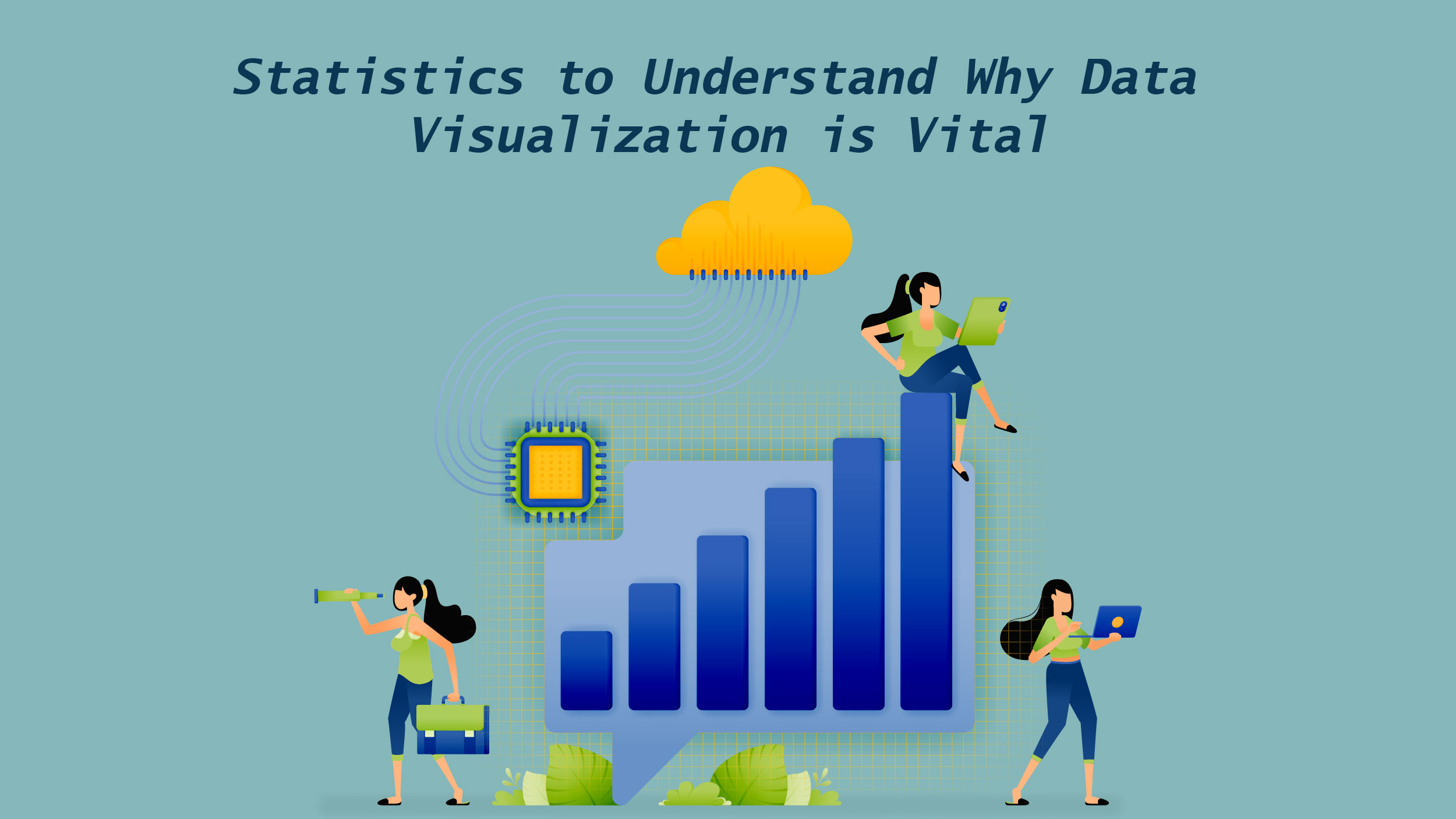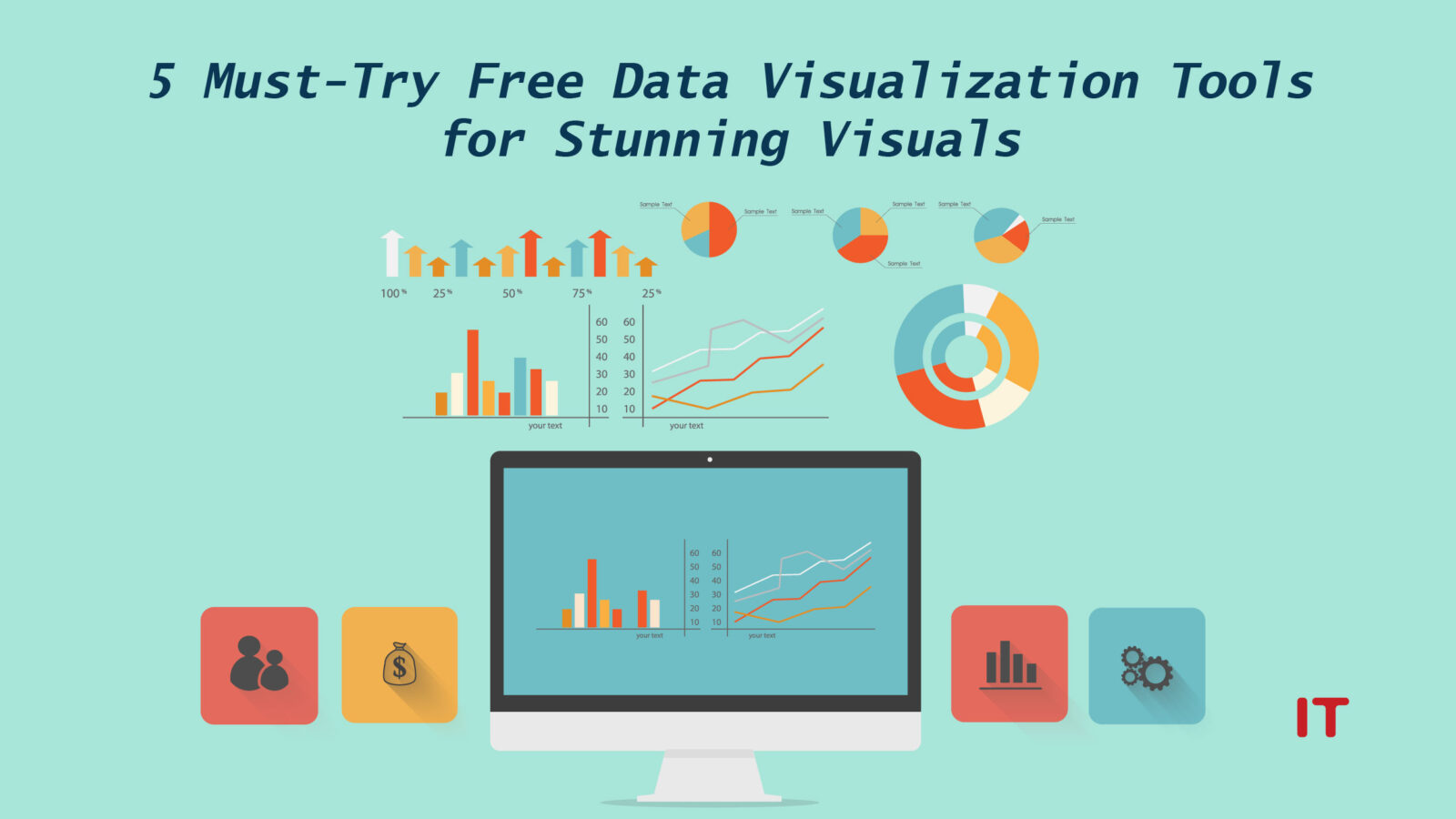Utilizing data visualization proves effective for tracking progress, gaining insights, and presenting information in an easily comprehensible manner. While there are numerous paid visualization tools, there are also plenty of free options. These tools assist in crafting a narrative with your data, enabling individuals within your company to comprehend and make informed, data-driven decisions.
What is a Data Visualization?
Data visualization involves presenting information graphically, utilizing elements like charts, graphs, and maps. Its objective is to enhance accessibility and understanding of data, enabling individuals to perceive trends, outliers, and patterns. Data visualization tools offer an effective means of conveying complex information to both technical and non-technical audiences. It plays a vital role in data analysis, decision-making, and storytelling, facilitating the extraction of actionable insights from raw data.
Why is Data Visualization Important?
 Data visualization tools are essential for democratizing the power of data analytics across various organizational departments, including marketing, finance, and HR. These tools make extensive and diverse data, both proprietary and external, interpretable and actionable. By rendering data more meaningful to individuals throughout an organization, these tools foster data-driven decision-making, pattern identification, high efficiency, and the generation of new insights. This practice not only enhances overall understanding but also unlocks significant marketing potential within the organization.
Data visualization tools are essential for democratizing the power of data analytics across various organizational departments, including marketing, finance, and HR. These tools make extensive and diverse data, both proprietary and external, interpretable and actionable. By rendering data more meaningful to individuals throughout an organization, these tools foster data-driven decision-making, pattern identification, high efficiency, and the generation of new insights. This practice not only enhances overall understanding but also unlocks significant marketing potential within the organization.
Also Read: How Can Data Warehousing Become the Future of Data Storage?
Statistics to Understand Why Data Visualization is Vital
 The impact of visual communication is evident in various statistics:
The impact of visual communication is evident in various statistics:
- In organizations employing visual data discovery tools, a study reveals that 48% of managers can independently access needed information without IT assistance. Moreover, 74% of these organizations empower managers to make decisions autonomously through the use of visual data discovery.
- Meetings are 24% shorter when visual language is incorporated, enhancing effectiveness and efficiency.
- Groups utilizing visual language show a 21% increase in reaching consensus compared to those without visuals.
- In a study conducted by the University of Minnesota, the combination of verbal and visual communication increases credibility and influence rates to 43%, surpassing the 17% when relying solely on verbal communication.
5 Must-Try Free Data Visualization Tools
Below are the best free data visualization tools you can use to grow your business.
1. Vizdium
Developed by Venngage, this is a straightforward database visualization tool designed for analyzing uncomplicated data. It functions as a data analyst, extracting valuable insights from spreadsheets and tables. Users can upload their files in CSV format, allowing Vizdium to extrapolate and visualize the data. This tool is versatile and suitable for tasks like analyzing sales data or mapping survey results. It offers various display options, including bar graphs, charts, and word clouds for keyword identification. While it’s a free tool without the need for sign-up, it doesn’t store data, requiring users to input information during each session.
2. RAWGraphs
RAWGraphs stands out as an open-source data visualization tool, offering accessibility to its source code for user contributions. With 30 diverse visualization types available and an ongoing community effort, RAWGraphs allows users to upload datasets and create visuals, akin to Vizdium. However, unlike Vizdium’s suggestions, RAWGraphs provides complete freedom to choose chart types, demanding users to specify data points for their charts. While it may have a steeper learning curve, RAWGraphs is favored by those experienced in advanced data visualization, appreciating its flexibility and freedom, and positioning it among the best free tools in this category.
3. Microsoft Power BI
Microsoft’s influence extends beyond productivity tools to data visualization with Microsoft Power BI. While the full platform covers the entire data analytics process in its paid version, a limited free version is available, offering access to impressive data visualizations. As a ‘no coding’ tool, Power BI facilitates the creation of various charts and graphs through a user-friendly drag-and-drop interface. The free version boasts over two dozen data visualization types, such as heatmaps and scatter plots, and allows connection to 70+ data sources. Users can publish on the web and export to PowerPoint, Excel, and CSV. Given that many organizations invest in the full enterprise version, showcasing basic data dashboards with the free version can demonstrate proficiency with the software.
4. Google Data Studio
Offering a truly free and unabashed version, Google Data Studio stands out as a user-friendly tool for data visualization. With a plethora of visualization features, ranging from basic pivot tables to geomaps, it provides a seamless experience for users. Beyond its visualizations, Google Data Studio offers a suite of data analytics functionalities. As expected from Google, the tool easily connects to various data sources, including Google Sheets and CSVs, and supports real-time data connectors such as MySQL, YouTube, Twitter, and Facebook. This comprehensive functionality, coupled with Google’s pervasive presence in organizational tech ecosystems, makes Google Data Studio a noteworthy and enjoyable free data visualization tool to explore.
5. Flourish
Flourish is a distinctive data visualization tool created for the design process rather than in-depth data analysis. Tailored for creating visually striking graphs suitable for infographics, Flourish offers a range of templates for dashboard planning and selecting data chart types. Primarily utilized for organizing pre-analyzed data, it excels in producing impressive charts and visualizations for presentations and team sharing. Flourish’s standout features include extensive customization options and a diverse array of data visualization types, setting it apart from other tools on the market.
Closing Thoughts
Whether you’re a tech novice, a first-time explorer, or looking to enhance your programming skills, there’s a tool suitable for every skill level and interest. In this post, we introduced five free (or close-to-free) data visualization tools online for you to explore. Each tool brings a slightly different set of functionalities and specializations, catering to diverse user needs. Recognizing the importance of the right tool for managing and analyzing data, this step is crucial for organizations aiming to leverage data for positive change. Even small strides in improving the visualization and analysis of existing data can unveil practical ways to enhance programs, engage supporters, and identify hidden organizational issues.
































